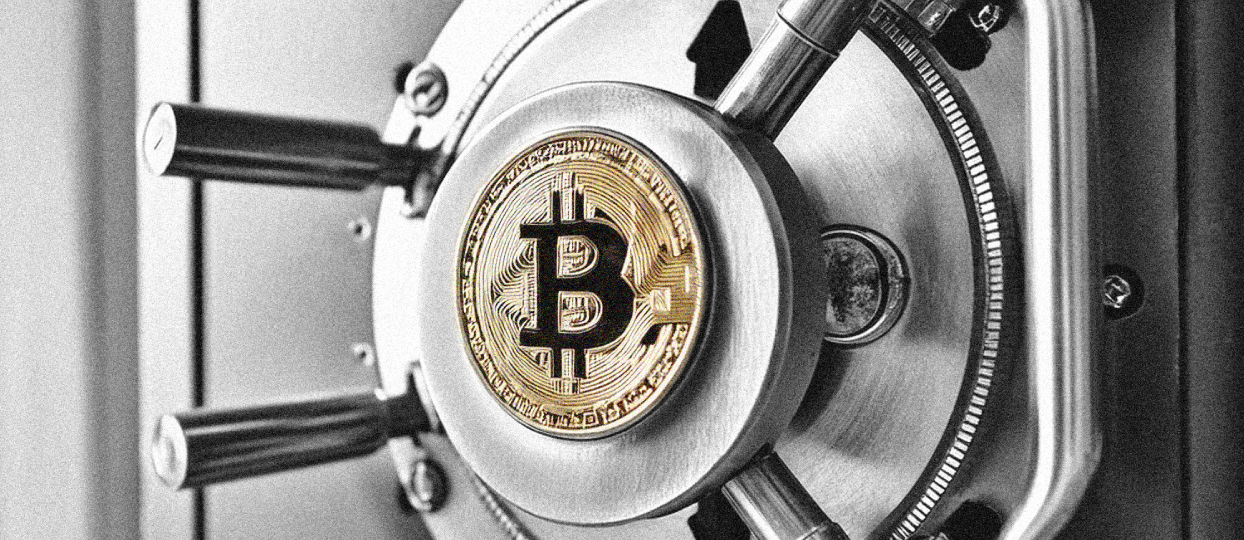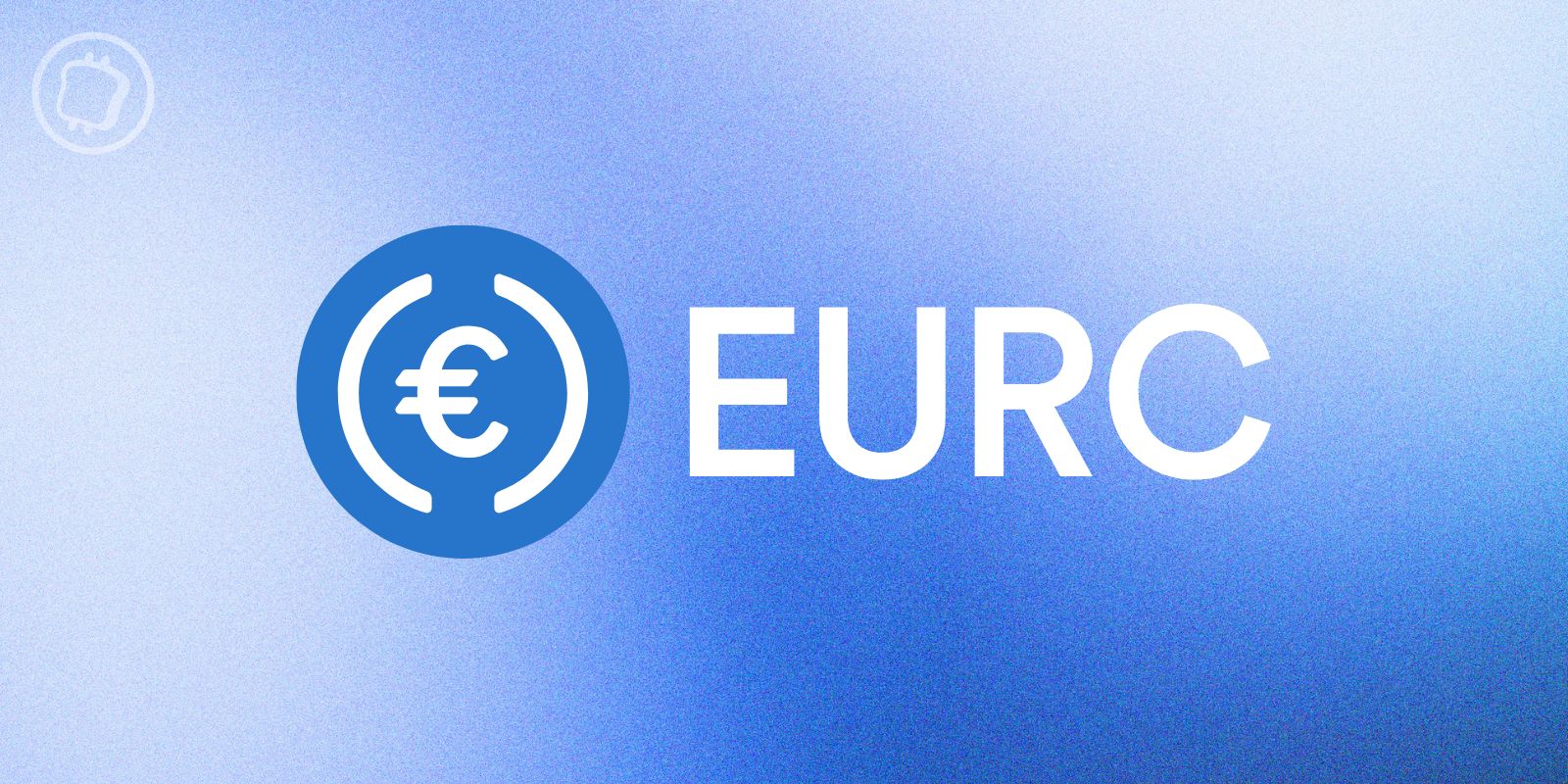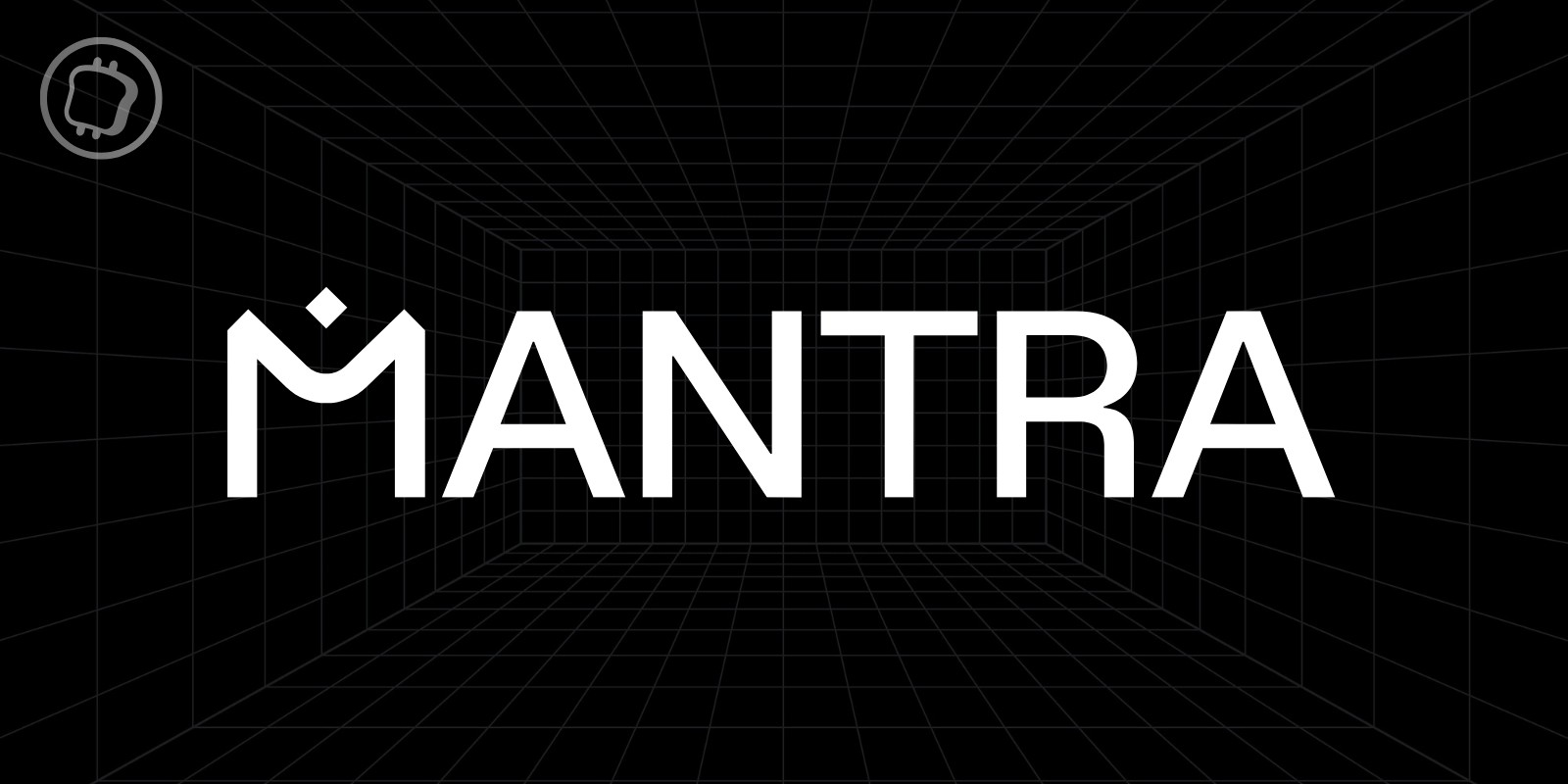Episode 128 of the Public Key podcast is here! Bitcoin is back. It could be attributed to the increasing prices, Bitcoin ordinals and now a suite of Layer 2 initiatives on the most secure blockchain ever. In today’s episode we speak to Stanford Professor and Co-founder of BabylonChain, David Tse, to explore how Bitcoin can be used to secure proof of stake networks without the use of bridges.
You can listen or subscribe now on Spotify, Apple, or Audible. Keep reading for a full preview of episode 128.
Public Key Episode 128: Unlocking Bitcoin’s Potential to Power New Revolution in Proof of Stake Protocols
Bitcoin is back. It could be attributed to the increasing prices, Bitcoin ordinals or the development of Layer 2 initiatives on the most secure blockchain ever. In today’s episode, Ian Andrews (CMO, Chainalysis) speaks with Stanford Professor and Co-founder of BabylonChain, David Tse, to explore how Bitcoin can be used to secure proof of stake networks without the use of bridges.
The episode kicks off with an introduction to BabylonChain, a protocol designed to leverage Bitcoin for securing proof of stake networks using Bitcoin’s native time lock feature and cryptographic methods to ensure both security and incentivization of honest behavior by stakers.
David discusses his early days collaborating with Vitalik Buterin to identify vulnerabilities in Ethereum’s move to proof of stake and highlights the renewed interest in Bitcoin, powered by recent ETF approvals and L2 projects.
Quote of the episode
“Babylon Project is kind of like a combination of our first love, which is bitcoin, and our understanding of the limitation and the advantages of proof of stake protocols.” – David Tse (Co-Founder, BabylonChain)
Minute-by-minute episode breakdown
2 | Why Bitcoin is the perfect asset to secure Proof of Stake blockchains
4 | David Tse’s past life focused on wireless infrastructure to figuring out how to scale Bitcoin
6 | Collaborating with Vitalik Buterin to transition Ethereum to a Proof of Stake protocol
8 | Integrating Bitcoin with Proof of Stake without bridging
13 | What is Babylon Chain and how does it work
18 | The renewed interest in Bitcoin due to Bitcoin ETF approvals and Bitcoin L2 projects
22 | The collaboration with Nubit, the first Bitcoin-native data availability layer
24 | How Babylon Chain can go from testnet to mainnet
26 | What assets are staking rewards paid in?
28 | Bitcoin is Back and the innovation that will be built on top of it
Related resources
Check out more resources provided by Chainalysis that perfectly complement this episode of the Public Key.
Speakers on today’s episode
This website may contain links to third-party sites that are not under the control of Chainalysis, Inc. or its affiliates (collectively “Chainalysis”). Access to such information does not imply association with, endorsement of, approval of, or recommendation by Chainalysis of the site or its operators, and Chainalysis is not responsible for the products, services, or other content hosted therein.
Our podcasts are for informational purposes only, and are not intended to provide legal, tax, financial, or investment advice. Listeners should consult their own advisors before making these types of decisions. Chainalysis has no responsibility or liability for any decision made or any other acts or omissions in connection with your use of this material.
Chainalysis does not guarantee or warrant the accuracy, completeness, timeliness, suitability or validity of the information in any particular podcast and will not be responsible for any claim attributable to errors, omissions, or other inaccuracies of any part of such material.
Unless stated otherwise, reference to any specific product or entity does not constitute an endorsement or recommendation by Chainalysis. The views expressed by guests are their own and their appearance on the program does not imply an endorsement of them or any entity they represent. Views and opinions expressed by Chainalysis employees are those of the employees and do not necessarily reflect the views of the company.
Transcript
Ian:
Hey everyone. Welcome to another episode of Public Key. This is your host, Ian Andrews. Today I’m joined by David Tse, who is a co-founder of BabylonChain and also a professor at Stanford University. David, welcome to the program.
David:
Hey, Ian. Very nice meeting you, and thanks for having me here.
Ian:
David, it is my pleasure to have someone with your story career in research. We’ll come to that in a moment, but maybe we can start with BabylonChain. I was introduced by a former colleague, sent me the white paper a few weeks back, and I have to say this idea of being able to use Bitcoin to power proof-of-stake networks was a little bit mind-bending at first. Can we talk about maybe a quick overview of the concept? We’ll dive into the details as we go into the show, but a quick overview of the concept and where the idea came from that led you to build Babylon.
David:
Bitcoin is the most secure blockchain in the whole Web3 ecosystem. So the idea of sharing the security of Bitcoin with other blockchains is actually not a new idea. In fact, Satoshi Nakamoto, the inventor of Bitcoin, came up with this idea called merged mining in 2010-2011 timeframe when he was still around. The merged mining idea was to share security between Bitcoin and another proof-of-work chain. So as everyone knows, Bitcoin is a proof-of-work chain. And so Satoshi Nakamoto had this idea of sharing the work that is done by the miners with another proof-of-work chain as a means of sharing security.
What we came up with is this idea that, hey, new blockchains that are coming up in the past five years, they’re almost all proof-of-stake. So therefore, this mining concept is not very useful for those proof-of-stake chains. You need security from Bitcoin. And then we came to the observation that although Bitcoin is a proof-of-work chain, that proof-of-work is securing an asset, which is worth today about $1.2, $1.3 trillion. So that asset itself could be a staking asset to secure all these proof-of-stake. That was sort of a re-come moment. Instead of thinking along the lines of Satoshi Nakamoto focusing on the work, we focus on the fruit of the work, which is the Bitcoin asset itself, and use that to secure the proof-of-stake chain.
Now, this concept is actually quite loaded because most proof-of-stake chains, the current ones, are actually secured by their own asset. And what we’re saying here is a broader point, which is actually you don’t need necessarily your own asset or only your own asset to secure your chain. You can bring in a much bigger asset and that asset can provide collateral to ensure good behavior and to secure your chain. And so what we’re saying is that that big asset, a natural one, will be Bitcoin. And so a protocol at a high level enables any Bitcoin holders to stake that Bitcoin and to use it to secure a proof-of-stake chain choice when our protocol is fully built out.
Ian:
I’ve got so many questions about how this works in practice, which we’ll dive into. But I was going through some of your publications research that you’ve published on Google Scholar, and I noticed that there’s quite a bit of research being done into the mechanisms of compromise or potential weak points in the Ethereum chain architecture and other networks as well. I’m curious what led you to that particular vein of research. And does that relate to eventual development of BabylonChain? A better way to secure some of these networks seems connected in my mind.
David:
So maybe a broader context of my background is that I entered the crypto space five years ago. I’m primarily a researcher. In my past life, I’ve been doing a lot of research on wireless infrastructure. So I started doing that almost decades ago. So a lot of the technology that you use in your cell phone, actually, some of them are due to my invention. But five years ago, I decided that this new blockchain area is really a super cool research area. So I started a research group at Stanford to do research in this area. Now, actually, our beginning research point was how to scale up Bitcoin, how to design a better protocol to scale Bitcoin. That was our first paper in the area, actually. Now, after we wrote that paper, we thought, “We hit it big. Guys, we solved the problem, we scaled Bitcoin. What else is there to solve?” And then we made a point that the rest of the world went a different direction. The rest of the world went to the proof-of-stake direction.
Ian:
Yeah.
David:
And we were obsessed about Bitcoin because that’s how we entered the space.
Ian:
I am curious if you recall, what were the recommendations to scale Bitcoin in that first research paper that you produced?
David:
So Bitcoin is very slow because every block is produced once every 10 minutes. And so you think of blockchain as a voting mechanism as though you’re saying, “We’re gating and we only allow one voter to come into the voting booth every 10 minutes.” Imagine now in a country like United States, how long would that take to elect the president? One voter every 10 minutes. And that’s why Bitcoin is so slow. You only have one voter every 10 minutes.
Ian:
Yeah.
David:
So [inaudible 00:05:32] a way to parallelize Bitcoin to many parallel chains so that many people can simultaneously vote on a Bitcoin block so that you can finalize, you can confirm it very fast. So that was the main innovation.
Ian:
And so back to the story, so that wasn’t picked up. The world said, “Hey, instead of taking that approach, we’re heading off down the proof-of-stake.” And so what did that mean for your next research effort?
David:
So I told my students, I said, “We should probably do some research on proof-of-stake because nobody cares about proof-of-work on anymore.” All right. So the first paper, one of the early papers we looked at, was a paper by Vitalik. So at that time, it was around 2020. COVID was hitting us. And we had nothing to do, we were sitting around. But then Vitalik published a paper on a protocol called Gasper, and that was the protocol for Ethereum proof-of-stake. So that was still one year before the merge. He published his paper to get some of the community input on the proof-of-stake Ethereum based on this protocol.
Well, lo and behold, me and my students find a few attacks on this protocol. It’s not secure. So we go and contact Vitalik, and we realized that he was actually trying to fix the protocol. After six months, we came up with even more attacks. And then he realized that maybe it’s not a good idea for him to go and not communicate with us and just fix the protocol by himself. And so we started one year long collaboration on how to improve the Ethereum proof-of-stake protocol. In that process though, since we engaged with the Ethereum Foundation very closely, Vitalik and his team, we learn a lot about how to build good proof-of-stake protocol and also the security vulnerability of proof-of-stake protocol. Babylon [inaudible 00:07:24] is like a combination of our first love, which is Bitcoin, and our understanding of the limitation and the advantages of proof-of-stake protocols, and sort of marry the two together to build better and more secure protocols.
Ian:
Amazing. What were some of the vulnerabilities in the protocol that you discovered in your work with Vitalik?
David:
So there are two vulnerabilities that we discovered. One is that in a proof-of-stake protocol, typically you want to… It goes back to the theme of this idea of Bitcoin is very slow. Proof-of-stake protocol tries to be fast. You want to confirm like a few seconds. And to confirm fast, you have to have a lot of people voting. But if you design a protocol incorrectly, then when a lot of people are voting, it is easy to have a deadlock because half the people think, “We should go this way,” the other half thinks you should go that way, and now you’re stuck. The protocol is not moving forward. And the attacks we find are basically these kind of attacks where we can stall the Ethereum protocol. And this attack does not happen in Bitcoin precisely because you only have one vote every 10 minutes.
Ian:
Yeah.
David:
And so therefore, this stalling is very hard to do because the voting is so slow.
Ian:
That is fascinating. So now maybe diving into BabylonChain a little bit, I think most people listening to this podcast are familiar at least with the basic idea that the Ethereum network, when we talk about staking, there’s network staking where you’re depositing 32 ETH to actually operate a validator node, and that in turn secures the network. You have people who have a financial incentive to not produce illegitimate blocks on the chain because it will risk their deposited assets. They’re held in the validator node. So when we talk about being able to support proof-of-stake with a non-native asset like Bitcoin, the first question that came to my mind was, well, how do I get Bitcoin from the Bitcoin network over onto this other network so that I can deposit into a node for a validator? But I think you’ve proposed a different style of architecture here.
David:
So people’s mind, they try to fit into an existing model. So as you-
Ian:
Yeah.
David:
… just said, the existing model is that the ETH is sitting on the Ethereum and they’re providing security to Ethereum. Now I want Bitcoin to secure Ethereum or secure any proof-of-stake chain. So the natural idea would be to move the Bitcoin onto Ethereum in order to provide a security. But the moving-
Ian:
Yep.
David:
… of the Bitcoin is through a technology called bridge. This would be a Bitcoin bridge. Now, once you [inaudible 00:10:22] bridge to Bitcoin holders, then you lose like 95% of the people already.
Ian:
Yeah.
David:
Bitcoin holders do not want to bridge. And that’s one reason why Bitcoin, the asset, is kind of have a very low utilization because there’s nothing much happening on Bitcoin. People don’t want to move the Bitcoin to other chains. So they’re stuck. They say, “It’s fine. We just wait for the Bitcoin value to keep on going up.” People, when you ask them, “What do you do with Bitcoin?” They say, “It’s just in my cold wallet.”
So therefore, our solution, when we think about this problem, we don’t want to bridge the Bitcoin. So the Bitcoin actually remains to be on the Bitcoin chain. Now, to achieve that, we need to have two properties for the Bitcoin. So we are thinking about the staking process at a more abstract level than the mechanics of where to put the Bitcoin, who to validate, who to hold that Bitcoin, right? At a high level, what do you want? Right? At a high level, what we want is two things. One is that the staker should need to lock the Bitcoin or log the stake so that they can’t take it out arbitrarily. And that locking can then provide the security, number one. Number two is that that asset should be a true collateral in a sense that if the validator that the staking is supporting is doing bad behavior, that fraction of that Bitcoin should be sent to, say, some burn address to punish the staker. And that provides the collateralization of the security. So those are two abstract properties.
So we find that we can achieve properties by keeping the Bitcoin on the Bitcoin chain. The first property is through a Bitcoin opcode called timelock. So in Bitcoin, you can lock your Bitcoin. So if you’re bored, you can actually lock your Bitcoin for one year, and then only after one year you can take the money out. No else can take it in the meantime though. So you can use this lock to implement the first objective.
Ian:
And that lock is natively part of the Bitcoin-
David:
Yes, it’s natively part of Bitcoin.
Ian:
It’s nothing that Babylon-
David:
No, it’s not-
Ian:
… had to implement or introduce. You’re just leveraging a feature that’s always been-
David:
Yeah. So a little bit of technical jargon in the Bitcoin world called Bitcoin scripting language, it’s like a smart contract language analog from Ethereum. The thing is it’s not very smart, but limited language. Now, in this scripting language, there are certain opcodes, operation codes, that allows people to program in an efficient manner. And one of the opcodes is this notion of timelock. So if we use this opcode, we lock for a certain amount and we release only after this amount of time. So this is already there in the Bitcoin scripting language.
However, the challenge is actually not the timelock which Bitcoin has, but how do you achieve this collateralization property, this slashing? Because this property on the proof-of-stake chain, which is the outside world, and we need to reflect what happens in the outside world, what happens on the Bitcoin proof-of-work chain, which is to slash the Bitcoin. And that is the core of our innovation to do that, and we do that in cryptography to turn this bad events signal from the proof-of-stake chain into something that leads to expanding of a [inaudible 00:13:34]. So that is the secret. It’s not a secret, but it’s the magical source of our technology.
Ian:
And this leads me to my next question. So if you’ve got this financial incentive, I want to be able to take my Bitcoin and do something with it. So presumably, by supplying it to secure another network, I’m going to earn some rewards similar to how people staking on Ethereum earn staking rewards. You also want to have a financial penalty for people who are not operating honestly. So trying to produce a fake block or perhaps just operating casually. They don’t respond to block creation requests or to validation requests effectively. You want to be able to take some or all of the financial asset that they’ve locked into the chain from them.
So you’ve got this incentive penalty structure laid out. I, as a user with Bitcoin on the Bitcoin network, can then use Babylon to enter into this contract. With my assets are timelocked, so I’m committing to a particular period of time the asset’s available. How though am I doing validations of blocks being created on another network? Is there a piece of infrastructure that I have to run as a user? Do I end up running a validator node on one of these other networks?
David:
Ian:
This is fascinating. So much like in the world of Ethereum where many people don’t actually operate their own node. They delegate. You have the same delegator architecture here. Explain what is actually the architecture of BabylonChain then. And where do those interactions between both the Bitcoin network and off to a network that’s using this staked Bitcoin in order to secure itself… How did those happen? Can you describe what BabylonChain actually is? How does the BabylonChain ultimately interface to another network that it’s securing in order to provide that security? What does the mechanism of communication and how do those interactions occur?
Ian:
Thank you. That clarifies a misunderstanding that I had, for sure. So the Bitcoin staking protocol actually runs entirely on the network using the Bitcoin scripting layer?
David:
Correct.
Ian:
BabylonChain today is almost a proof of concept implementation so that you can go demonstrate to other chains, “Hey, look how you can use Bitcoin to secure a proof-of-stake network.” Got it. That’s really fascinating. So what has been the reception since you’ve launched? I think right now, you’re kind of in the testnet phase of availability. Are people clamoring for the opportunity to start using Bitcoin to secure other networks?
David:
I should separate [inaudible 00:21:13] into two parts, right? One is if you think about Babylon the protocol, it’s like a marketplace and there’s a supplier in this house who is Bitcoin, and they’re the consumers. The consumers [inaudible 00:21:27] that will receive the security. In the first instance, the suppliers, we find a lot of interest of people with a lot of Bitcoin to gain some sort of… Whenever we talk to people with a lot of Bitcoin, we first ask, “What do you do with the Bitcoin right now?” And inadvertently, the answer is nothing.
Ian:
Nothing.
David:
We’ve been talking to Bitcoin holders for a year now or nine months, and I would say 99%, the answer is no. They used to be putting in lending protocols, some CS and so forth, and you know what happened to those. So it’s after those, all right? So nothing. Find a way to make Bitcoin work for them. However, they’re very conservative with the Bitcoin. They don’t want to put it in some lending protocol where they lose the Bitcoin or put in some bridge where the bridge is a hack and they lose the Bitcoin. [inaudible 00:22:31] way of earning huge amount of yield, but reasonable, in my view. I think that’s sort of what it seems that a lot people are interested in.
So Babylon protocol provide that. And when we launched our testnet, we could encourage people to stake on our testnet, and 100,000 people staked in the first two days. We know because we have an NFT campaign where the first 100,000 stakers can claim an NFT. So I think there’s a lot of interest from the supply side. Now, from the demand side, which is the blockchains, there, we have a project. And one particular area that receive a lot of interest is this so-called Bitcoin L2. So Bitcoin is undergoing a certain revival. With the Bitcoin ETF, there’s a renewed interest. When we started doing research five years ago, people thought we were stupid working on Bitcoin as everyone moved on. But you know what happened was that Bitcoin is back.
Ian:
Yeah.
David:
And there are a lot of new projects building on Bitcoin. And so we become like a go-to marketplace for all these new projects to get security, Bitcoin staking. And so we receive a lot of attention there. On the other side, we have a collaboration with the Cosmos Hub, which is the main Cosmos chain, and they want to share the security of Bitcoin so that they also use that to secure other Cosmos chain. And so I think there are a lot of… In fact, we are really limited right now in terms of team members. So the way anyone listen to this and they’re interested in participating in Babylon, come and talk to me.
Ian:
That’s exciting. It’s nice to hear people having the we’re hiring advertisement on this program again. It’d slowed down there for a little while. So anybody out there looking for a new role in Web3, it sounds like BabylonChain needs engineers. I saw a press release from a few weeks back where you partnered with Nubit to support their technology layer. And I gather that Nubit is a data availability layer, so related to some of the NFT ordinal type work on Bitcoin. Can you talk a bit more about what that integration actually enables?
David:
Nubit is a good example. So Nubit is a new project that is building on Bitcoin. And basically, Bitcoin itself, the [inaudible 00:25:01] space is very limited. So now imagine you want to build new projects and new applications on top of Bitcoin. You are using that space that is extremely crowded. And so Nubit builds a so-called data availability layer where projects can use Bitcoin asset, but at the same time use Nubit to store data onto the Bitcoin chain directly. So that Nubit is so-called data availability layer.
Now, this is part of this whole idea of so-called modular design of consensus protocol where you separate out different funds for different projects to do. Now, data availability layer itself needs security. Every essentially modular component needs security. Otherwise, people who are doing data availability would do weird things. And the Babylon integration is that Babylon would take big Bitcoin staking to secure the Nubit data availability layer. I’m just saying that this is a good example of a naturally used staking as a security mechanism.
Ian:
Now, you’re still in the testnet phase right now. What’s the plan to get from here to mainnet? When should we expect to see the start being available in production?
David:
So the testnet has the dog food chain, BabylonChain, it has the Bitcoin scripting staking. So it’s a full system. Now, we want to move this to the mainnet. So mainnet means what? Mainnet means real Bitcoin. Now, real Bitcoin and test Bitcoin is quite different. Real Bitcoin is gold and test Bitcoin is like… I guess this is a… We should know the language.
Ian:
[inaudible 00:26:34].
David:
Yes. Whenever they were real Bitcoin, we would be very careful. So therefore-
Ian:
Yeah.
David:
… we decided to launch the mainnet in two phases. So in the first phase, we take only the scripting part, the staking part, and launch it as mainnet…. Bitcoin holders can come in and they’ll stake their Bitcoin and they’ll launch through our contract. This phase one. This phase one will be around a short time, maybe three months. And then once we get people used to locking real Bitcoin into this contract, then we’ll launch the Babylon first chain, and then the validators will start validating.
Ian:
So we’re talking before the end of the year, we should have this both phases live, it sounds like, from what-
David:
Yeah. So mainnet phase one, we’re shooting for June right now.
Ian:
Okay.
David:
We’ll be having four security auditors look at this code in different ways, some white hats, some gray box analysis, some code by-line biases. Very important because we don’t want to lose people’s Bitcoin. So this will be done probably near the second half of May timeframe, and then we’ll launch in June the mainnet phase.
Ian:
That’s exciting. A question that just occurred to me is, so once I’ve locked my Bitcoin, I’m now earning rewards. What are the rewards paid in? What asset do I actually get rewarded with?
David:
So it depends on now the chain that you secure. So in the BabylonChain… So let’s think about Bitcoin staking to secure or improve the security of the Cosmos Hub. Now, the Cosmos Hub have a native token already called ATOM. And every year, they’re inflating ATOM by about 10%. That’s the inflation rate of ATOM. And most of that 10% goes to the ATOM stakers right now. So when we have Bitcoin staking integrated with them in production, then the proposal right now is 1% of this 10%. So one versus nine. The 1% of the ATOM inflation will go and reward the Bitcoin stakers. The reward will come in terms of tokens.
Ian:
Got it.
David:
A different application though, for example, you may have a chain running a stable coin. Then the reward could be different in terms of the stable coin itself. So they reward you very much on the application and the economy that you’re securing on that chain.
Ian:
And how does one choose which application or ecosystem they’re staking? When I enter into that locking contract, am I making a conscious decision or does this happen automatically where my assets are just distributed across anywhere there’s demand for security?
David:
So you are typically delegating to a validator. And the validator will be securing certain number of chains. And so in some sense, you’re picking the chain and picking the validator that you like to secure. I want to secure-
Ian:
Got it.
David:
… the Cosmos Hub and I want to use the Figment validator, for example.
Ian:
So you have to know a bit about the ecosystem that you’re planning to support, right? Because you could have potentially an asset that’s not really worth anything, has no exchangeable value, I guess I could say.
David:
Yes.
Ian:
Which may be less economically interesting to somebody looking to earn an interest return on the staked asset, if I’m following correctly. You need to do some research, it sounds like.
David:
Yeah. It could be a blue chip token like ATOM, which people are familiar with, or-
Ian:
Sure.
David:
… it could be a new and hottest project you want to get reward in the new token because you think that that token is going to be valuable.
Ian:
And is the project open source? Or if someone wants to adopt, support for this, what is the process? If I’m building a new project, I listen to the podcast, I say, “This sounds great.” How does one go about getting started?
David:
I mean, eventually, you want the complete open source and where you can integrate this. But right now, we are working with projects to help them to do the integration. So I think the first step is probably approach us because of open source. Yes.
Ian:
Amazing. And what’s the best way to get in touch with you or the broader team? Just babylonchain.io?
David:
You can also send us a contact message through the babylonchain.io website.
Ian:
Amazing. David, this has been a fantastic conversation. My last question, what are you excited about as you look across the ecosystem? You’re so deep into this entire world. What should we be paying attention to over the rest of 2024?
David:
2024 is, I think, the year of Bitcoin. Bitcoin is back. So we see a lot of-
Ian:
Bitcoin is back. All right.
David:
… interesting new projects building on Bitcoin right now, and it’s still a huge number of projects. So I think there’ll be a lot of excitement about new protocols of Bitcoin, perhaps even some upgrade on the Bitcoin chain to enable even more new building of Bitcoin. So I think there’ll be a lot of activities around Bitcoin.
Ian:
Amazing. Well, David, thanks so much for joining us on Public Key. This has been fun.
David:
Very nice being here.







